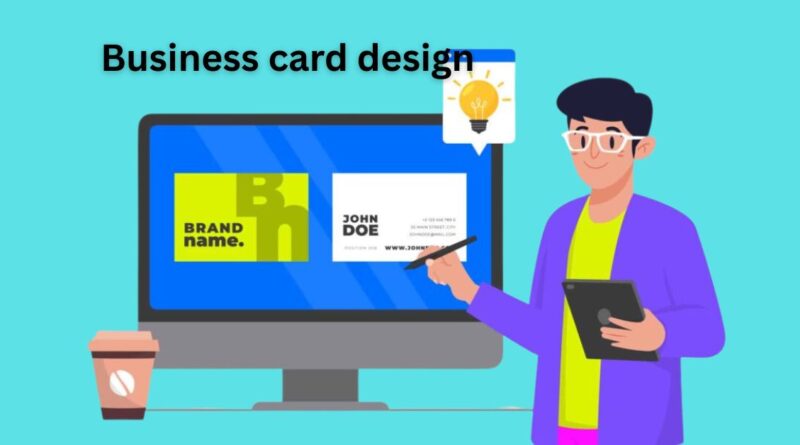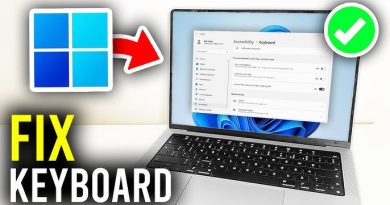Business Card Design Made Easy: Essential Rules and Practical Tips
A business card is more than just a small piece of paper. It is a representation of your brand, your personality, and your professional presence. In a world where first impressions matter, a well-designed business card can create opportunities, build trust, and leave a lasting mark. Whether you are an entrepreneur, freelancer, or corporate professional, learning how to design a business card properly is an essential skill.
Why Business Cards Still Matter
In the digital age, many assume that business cards are outdated. However, they remain a powerful networking tool because they offer a tangible reminder of who you are. Handing someone your business card shows professionalism and makes it easier for them to remember and contact you later. Unlike digital contacts that may get lost in a crowded inbox, a business card is physical and memorable.
Rules of Business Card Design
When designing a business card, there are some essential rules to follow to make sure it looks polished and professional.
1. Keep It Simple
Overloading your card with too much information or too many visuals can make it confusing. Stick to the basics: your name, your role, your company, and your contact details.
2. Prioritize Readability
The text on your card should be easy to read. Choose clean fonts and maintain a proper font size. Avoid overly decorative styles that may look attractive but are hard to read.
3. Ensure Proper Spacing
White space is important in design. It prevents clutter and gives breathing room to your content. A card with balanced spacing looks more elegant and easier to process.
4. Stick to Standard Sizes
While unique shapes can grab attention, sticking to a standard card size makes it practical for recipients to keep in wallets or cardholders. The standard size is usually 3.5 inches by 2 inches.
5. Consistency with Brand Identity
Your card should match your overall brand style. Use your brand colors, logo, and fonts to create consistency with your website, social media, and other marketing materials.
Tips for Designing a Professional Business Card
Alongside the rules, some extra tips can help your design stand out while remaining effective.
1. Choose the Right Material
The feel of your card leaves an impression. A high-quality cardstock with a matte or glossy finish creates a professional image. Premium options like textured or recycled paper can also reflect your brand values.
2. Use Both Sides Wisely
Many people only design one side of their business card, but using the back can add value. You can include a logo, a tagline, or even a QR code that directs people to your website or portfolio.
3. Incorporate Colors Strategically
Colors influence emotions and perceptions. Use your brand palette effectively without overdoing it. A splash of color can make your card memorable, but too many colors may appear unprofessional.
4. Add a Call to Action
Besides contact details, you can guide the recipient on what to do next. For example, “Visit my portfolio,” or “Book a consultation online.”
5. Proofread Carefully
A small mistake like a typo in your phone number or email address can ruin the purpose of your business card. Always double-check before printing.
Steps to Create Your Business Card
Here is a simple step by step process to design your own card.
Step 1: Gather Your Information
List the essential details you want on your card such as your full name, job title, company name, phone number, email address, and website.
Step 2: Decide on the Layout
Choose how you want to arrange the text and visuals. Think about hierarchy and readability. Place the most important details where they will catch the eye first.
Step 3: Select Fonts and Colors
Pick fonts that reflect your brand personality and remain easy to read. Choose a color scheme that aligns with your brand identity.
Step 4: Add Logo and Visual Elements
Your logo is a core part of your identity, so make sure it is placed prominently. You can also include icons for phone or email, but keep it subtle.
Step 5: Design the Back Side
Use the reverse side for extra information or visuals. Many professionals add QR codes, social media handles, or a slogan that reinforces their message.
Step 6: Choose a Printing Style
Decide on the finish you want, such as matte, glossy, embossed, or foil stamping. The finish adds a tactile dimension and makes your card unique.
Step 7: Review and Print
Check every detail, test the design in actual size, and review it thoroughly. Once satisfied, send it to a trusted printing service.
Common Mistakes to Avoid
While creating a business card, it is easy to make mistakes that affect its effectiveness. Avoid using very small fonts, low-quality images, or overly complex designs. Do not overload your card with unnecessary details. Avoid printing too many variations at once if you are still testing your design.
Final Thoughts
Designing a business card is a balance between creativity and clarity. By following the rules, applying practical tips, and going step by step, you can create a card that not only looks professional but also communicates your brand message effectively. A business card is more than just contact information; it is a representation of who you are. When done right, it becomes a small yet powerful tool for building connections and growing your professional network.
Frequently Asked Questions (FAQs)
1. What information should always be on a business card?
A business card should include your full name, job title, company name, phone number, email address, and website. Adding a logo or QR code is optional but highly effective.
2. What is the best size for a business card?
The standard size is 3.5 inches by 2 inches. This size is widely accepted and fits easily into wallets and cardholders.
3. Which font is best for business cards?
Clean and professional fonts like Helvetica, Arial, or Times New Roman are commonly used. The key is readability. Avoid overly decorative fonts that may be difficult to read.
4. Should I use both sides of the business card?
Yes, using both sides allows you to include extra information such as a logo, QR code, or tagline while keeping the front simple.
5. What colors work best for business cards?
Colors that match your brand identity are best. Neutral tones like black, white, or gray look professional, while accent colors can highlight important details.
6. Is it worth investing in premium finishes for business cards?
Yes, finishes like matte, glossy, embossing, or foil stamping can make your card stand out and leave a stronger impression.
7. Can I design a business card myself?
Yes, you can use tools like Canva, Photoshop, or Illustrator. However, if you want a highly polished look, hiring a designer may be worthwhile.
8. How many business cards should I print at once?
It is wise to start with a smaller batch, around 100 to 200, especially if you are testing a new design. You can always reprint once satisfied.
9. Should I include social media on my business card?
Yes, if your social media profiles are professional and relevant to your business. Only include the platforms that add value.
10. What are the most common mistakes to avoid in business card design?
Mistakes include using very small fonts, overcrowding the card with details, poor-quality printing, and ignoring alignment and spacing.




